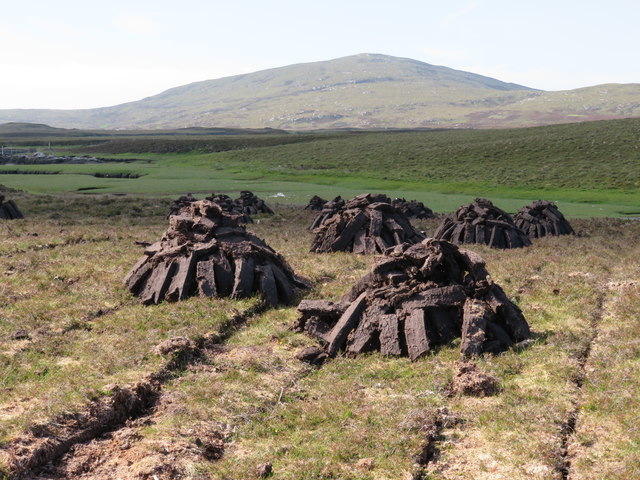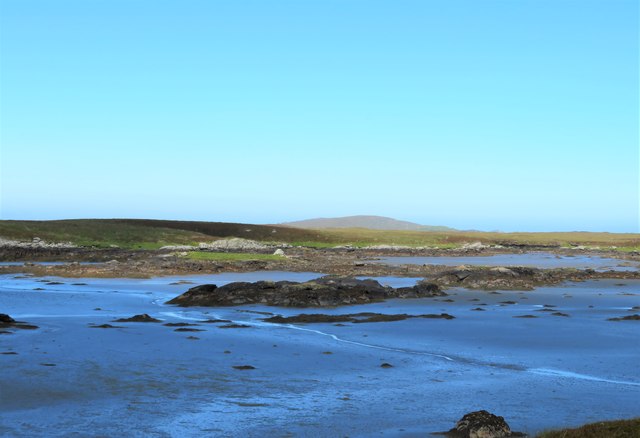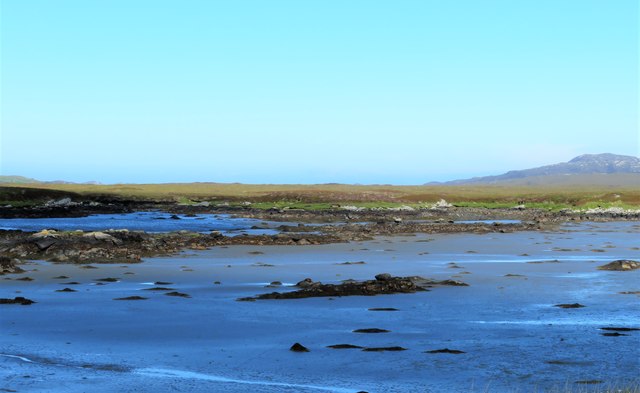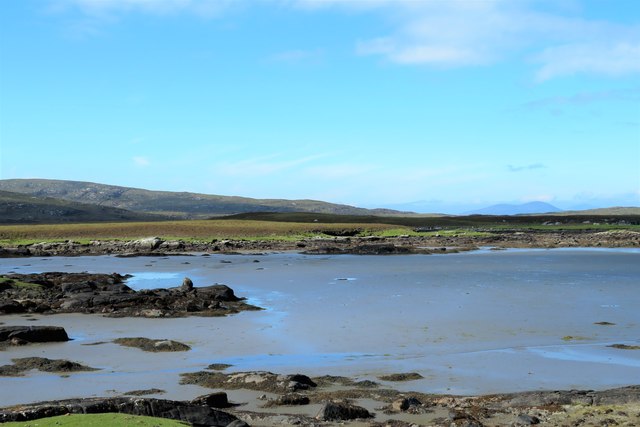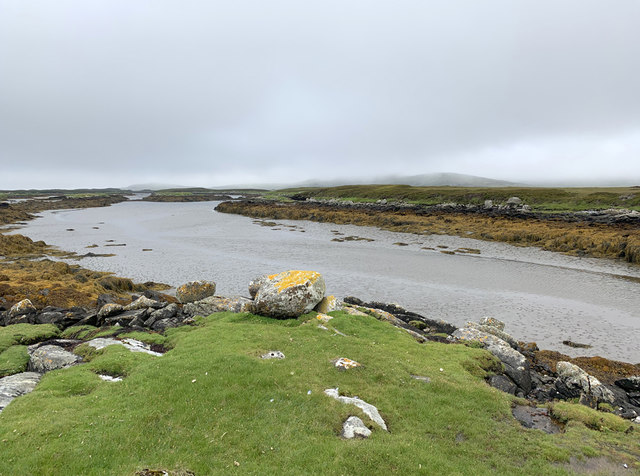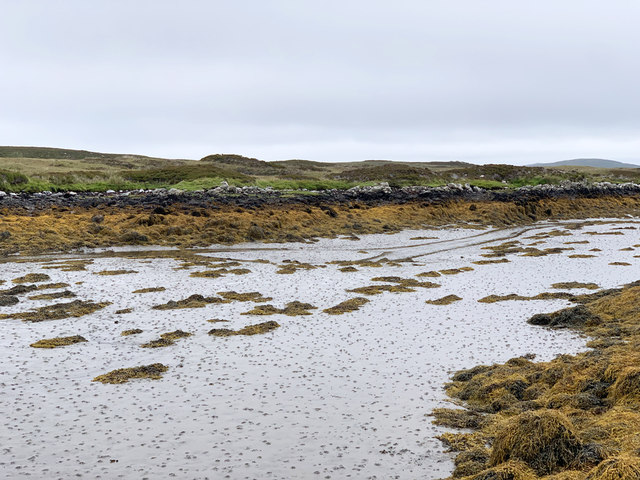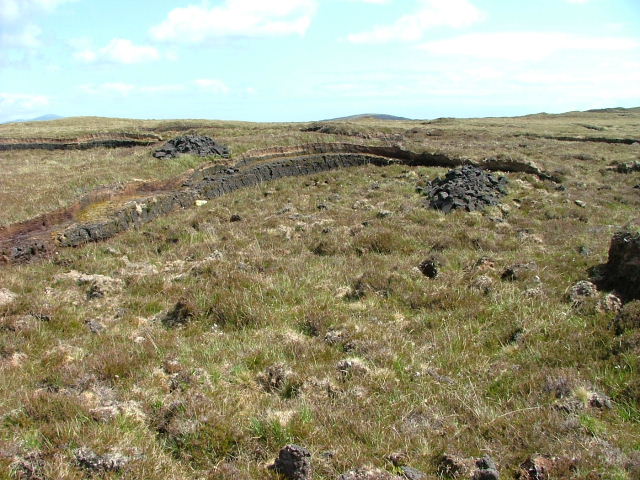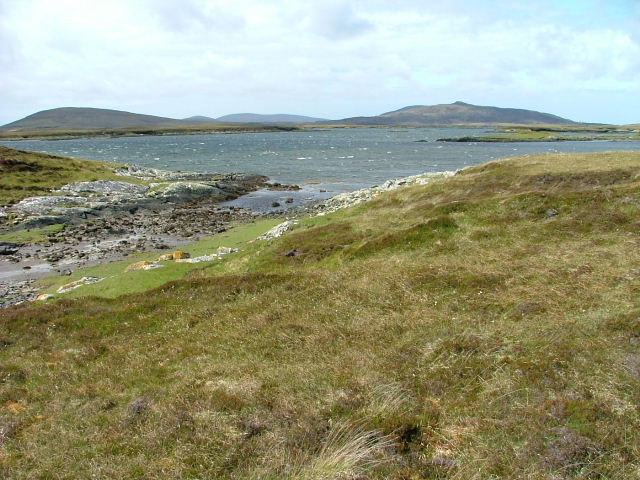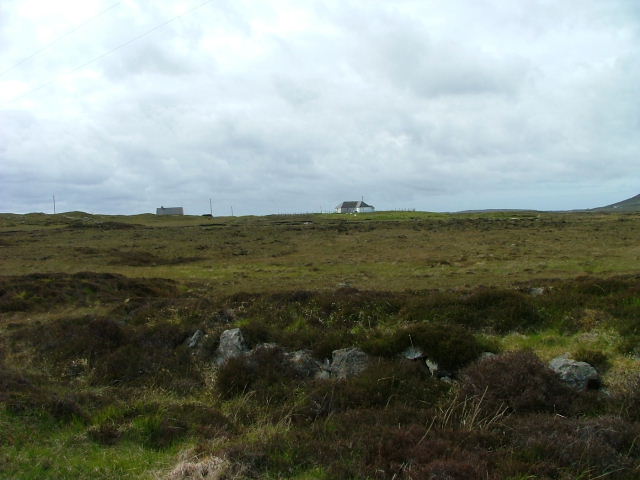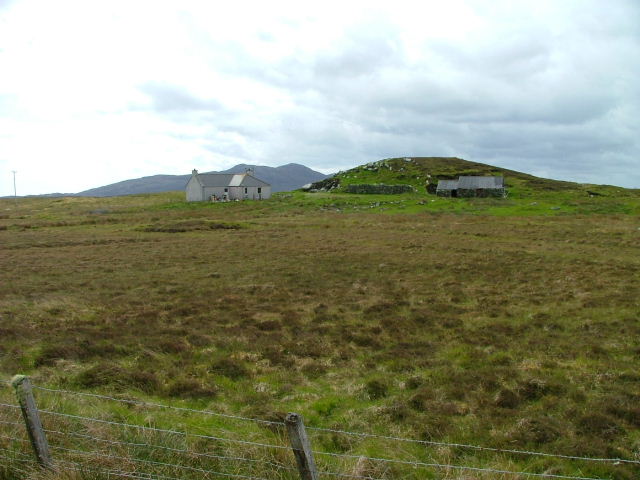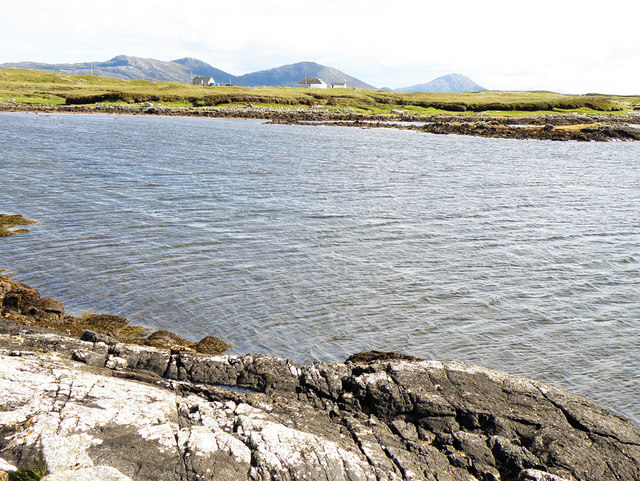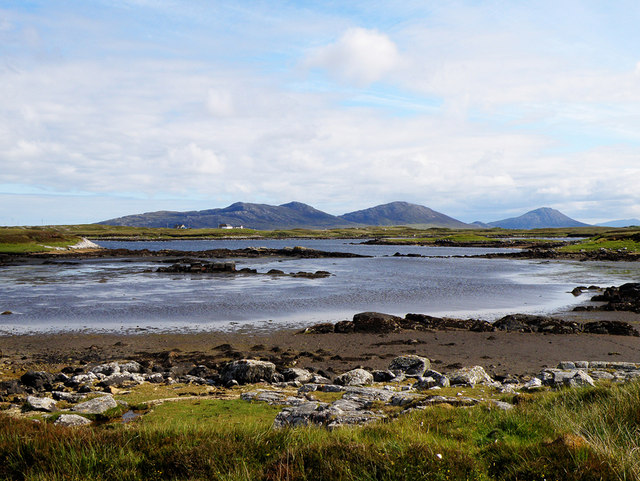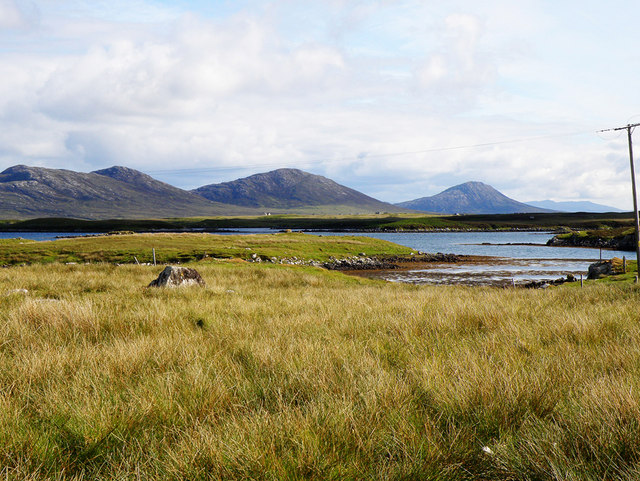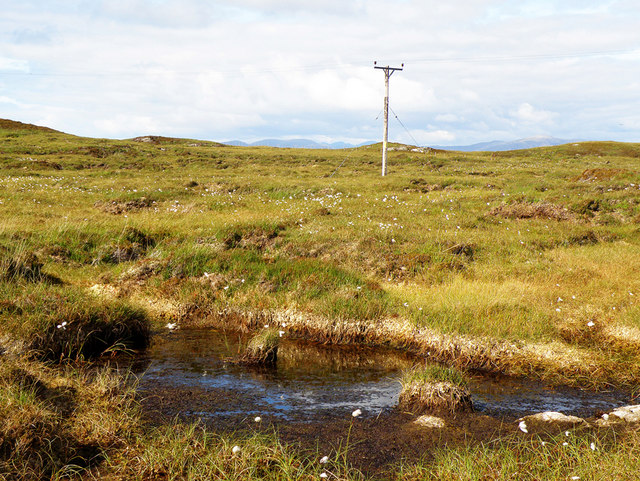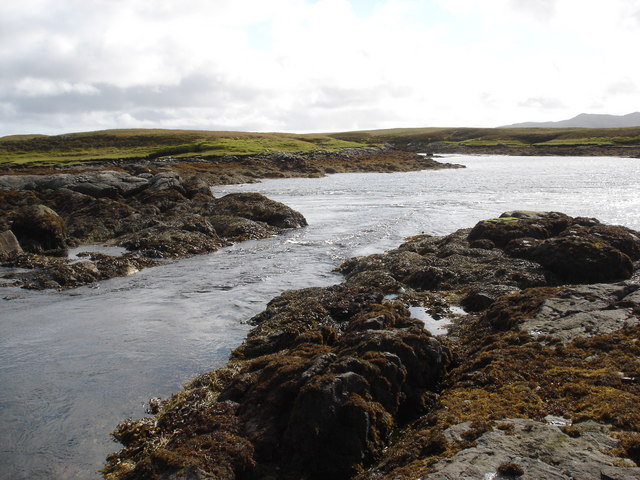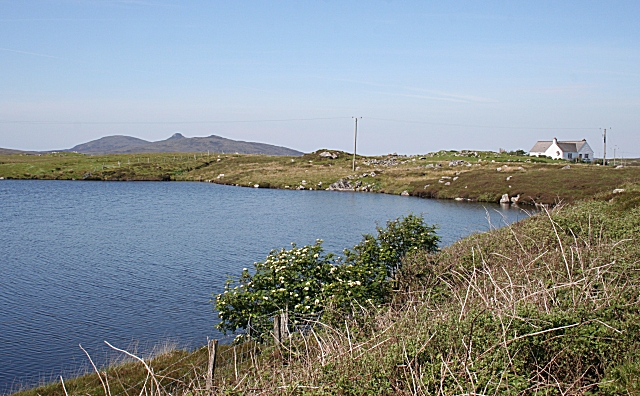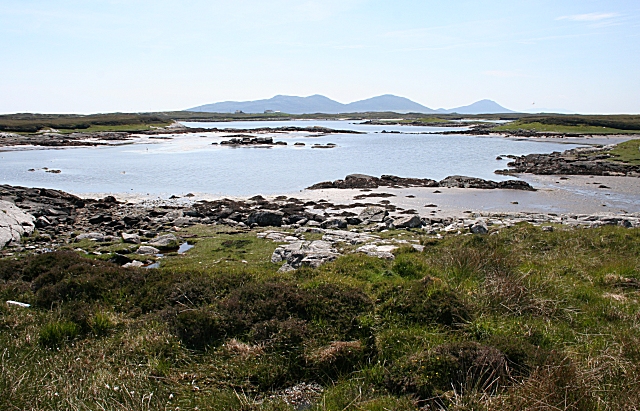Loch Teargabhat
Lake, Pool, Pond, Freshwater Marsh in Inverness-shire
Scotland
Loch Teargabhat
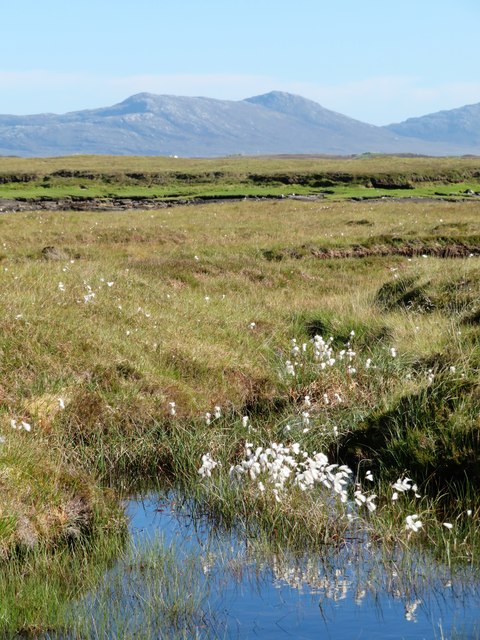
Loch Teargabhat is a picturesque freshwater loch located in Inverness-shire, Scotland. Nestled amidst the stunning Highland landscape, it is a popular destination for nature enthusiasts and offers a serene and tranquil environment.
Covering an area of approximately 2 square kilometers, Loch Teargabhat is surrounded by rolling hills and dense vegetation, providing a captivating backdrop. The loch is fed by several small streams and its crystal-clear waters are home to a variety of freshwater species, including trout and salmon.
The surrounding area of Loch Teargabhat is characterized by a mix of heather moorland, grassy meadows, and scattered woodland, creating a diverse habitat for a range of wildlife. The loch itself is fringed by reed beds and freshwater marshes, which serve as important breeding grounds for many bird species, such as ducks, swans, and herons.
Access to Loch Teargabhat is relatively easy, with a car park located nearby, allowing visitors to explore the area on foot or by boat. The loch is a popular spot for fishing, with anglers often drawn to its calm waters in search of trout.
For those seeking a peaceful retreat, Loch Teargabhat offers a tranquil setting to escape the hustle and bustle of everyday life. Whether it's fishing, birdwatching, or simply enjoying the breathtaking views, Loch Teargabhat is a hidden gem in the heart of Inverness-shire.
If you have any feedback on the listing, please let us know in the comments section below.
Loch Teargabhat Images
Images are sourced within 2km of 57.644071/-7.1566128 or Grid Reference NF9273. Thanks to Geograph Open Source API. All images are credited.
Loch Teargabhat is located at Grid Ref: NF9273 (Lat: 57.644071, Lng: -7.1566128)
Unitary Authority: Na h-Eileanan an Iar
Police Authority: Highlands and Islands
What 3 Words
///chase.bugs.punters. Near Lochmaddy, Na h-Eileanan Siar
Nearby Locations
Related Wikis
Loch an Duin
Loch an Duin is a complex system of freshwater, brackish and sea lochs, tidal channels and islands, on and close to North Uist off the west coast of Scotland...
Ceallasaigh Mòr
Ceallasaigh Mòr (or Keallasay More) is a low-lying island in Loch Maddy off North Uist in the Outer Hebrides of Scotland. This an area of shallow lagoons...
Stromay
Stromay (Scottish Gaelic: Sròmaigh) is a tidal island off North Uist in the Sound of Harris, Scotland. The low island of Stromay lies between two wide...
Ceallasaigh Beag
Ceallasaigh Beag (or Keallasay Beg) is a low-lying island in Loch Maddy off North Uist in the Outer Hebrides of Scotland. This an area of shallow lagoons...
Nearby Amenities
Located within 500m of 57.644071,-7.1566128Have you been to Loch Teargabhat?
Leave your review of Loch Teargabhat below (or comments, questions and feedback).
